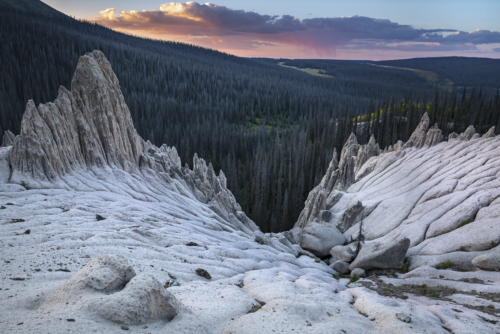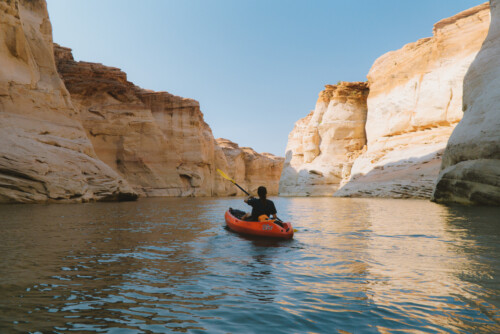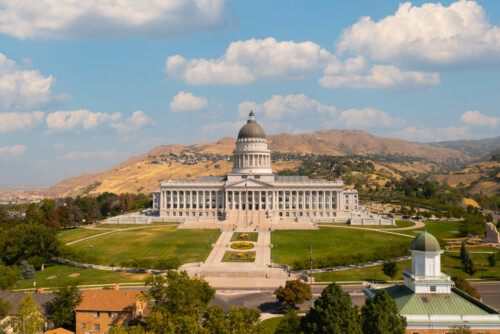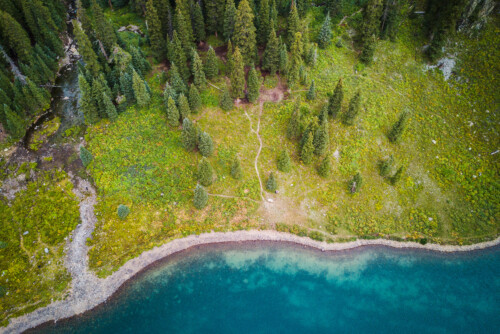Annual Report 2022
For many of us, our most treasured childhood memories are of romping in a neighborhood park or taking a hike in wide-open spaces.
Every community in our region deserves a place where parents and their children picnic and play, and where people can seek solace and connection, or simply stare in wonder at the West’s unique flora, fauna, and spectacular landscapes. Yet, urban sprawl and destructive fires, exacerbated by climate change, have impacted our open spaces. And if we want to ensure these experiences and places are there for future generations, we must get to work now.

By listening to the unique conservation challenges of our communities and the states we work in and collaborating with partners, we determined that the foundation for addressing habitat loss in the face of the climate crisis is long-term, sustainable conservation finance mechanisms.
Even before 2022, we recognized the power of conservation financing as a tool to protect biodiversity. We realized that advocating for legislation and ballot measures to generate public funds for conservation priorities can accelerate the preservation of vital habitats and ecosystems. Conservation finance became a central part of our strategy, particularly following the passage of the Great American Outdoors Act, which offered increased funding for stateside programs, although often contingent upon generating up to 50% more in a non-federal match.
Earlier examples of our work to secure funds for land conservation served as cornerstone for our future work and demonstrated our commitment to conservation finance as an effective tool for future conservation successes. In Montana, our policy advocacy resulted in a tripling of funding for the Habitat Montana program, successfully obtaining $10 million annually for conservation from marijuana tax revenues. In Arizona, we fought to restore funding for the state Heritage Fund in 2021, resulting in an allocation of $10 million from the state budget and the American Rescue Plan Act (ARPA) to protect and restore critical habitats.
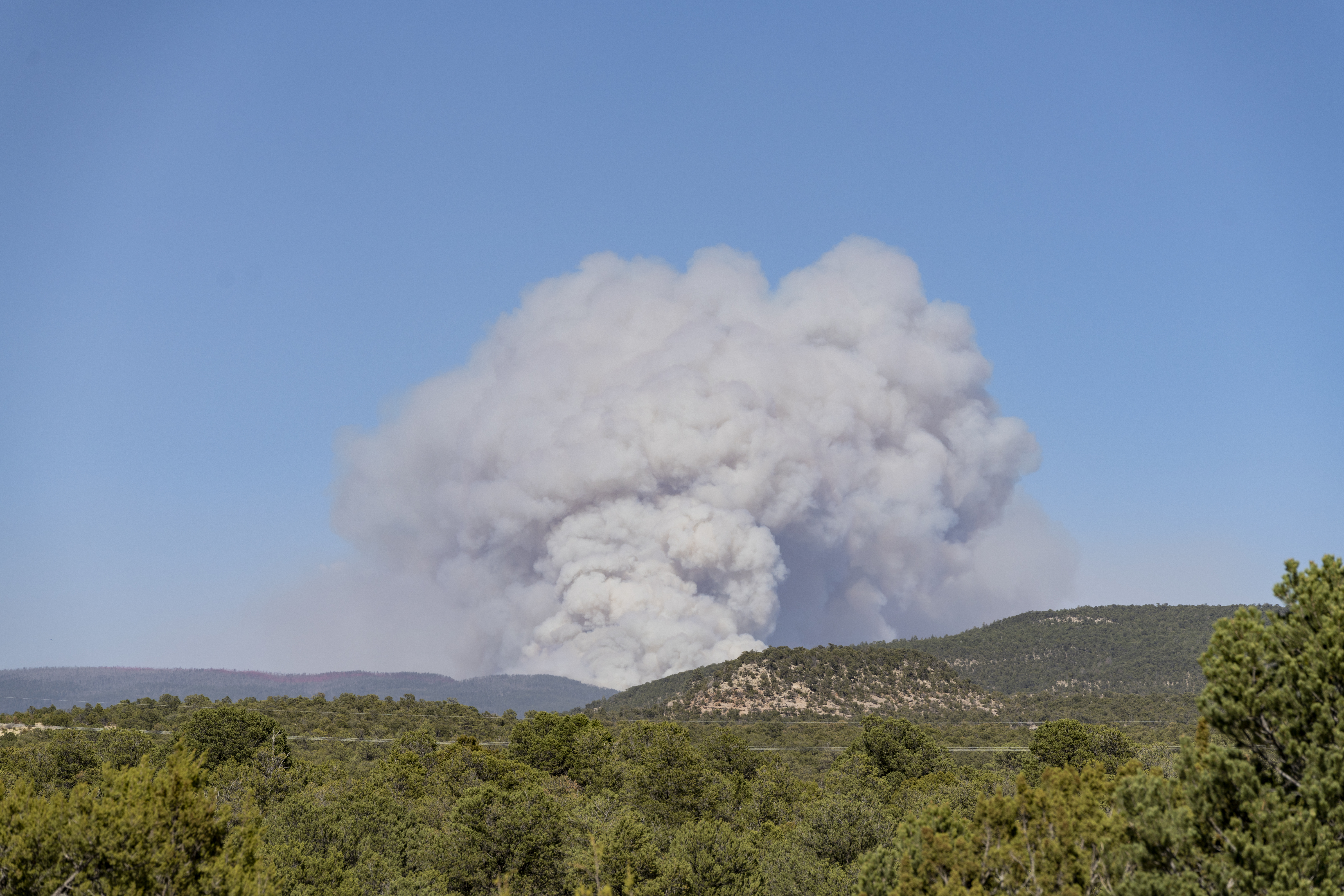
Together, these examples laid the groundwork for significant progress in New Mexico, where we helped catalyze major victories through the implementation of ARPA funding.
New Mexico experienced an unprecedented and catastrophic wildfire season in 2022 that left a trail of devastation in its wake. The skies were choked with thick smoke, casting an eerie haze over once vibrant landscapes, as communities faced the terrifying reality of evacuations and the loss of their homes. Because the wildfires predominantly affected underserved rural Hispanic neighborhoods, it was glaringly apparent that these communities had inequitable access to funds they needed to protect and restore their lands and homes. The magnitude of destruction served as a stark reminder of the urgent need to address our changing climate and forest and watershed health and enhance wildfire prevention measures. These wildfires shined a bright light on the state’s need to invest in climate resilience.
As WRA expanded our team in New Mexico, we committed to engage in the critical effort to ensure the state could access federal conservation dollars. In the face of two of the largest recorded wildfires in New Mexican history, communities could no longer be left in the hands of political inaction and economic whims.

In collaboration with a coalition of 15 conservation organizations, we presented recommendations to legislative leadership to allocate federal stimulus dollars from ARPA to conservation initiatives. These recommendations highlighted the importance of immediate investments in on-the-ground recreation and restoration projects, promoting job creation, the outdoor economy, community health, and increased access to nature. Our efforts resulted in $43.5 million being allocated for state parks, the river stewardship program, outdoor recreation, and more, bolstering biodiversity conservation and water resource management.
The ARPA funding in New Mexico also led to investments in programs like the Trails+ Grant Program and the Outdoor Equity Fund. The Outdoor Equity Fund supported projects that increased access to outdoor recreation, enabling more than 12,000 kids to experience the outdoors through hiking, biking, camping, and hunting — empowering them to engage with nature and benefit from the associated positive physical and mental health effects. Additionally, significant funding through the Trails+ Grant expanded access to the outdoors and supported the growth of the outdoor industry in New Mexico, providing funding for 15 projects across 11 counties. This included investments in trail maintenance, signage, and infrastructure, ensuring that recreational areas remained safe and accessible for all.

WRA played a pivotal role in guiding state partners and shaping the narrative around the importance of these funds. By centering the mental health benefits and solace that outdoor activities provided during the pandemic, we emphasized the need to address the consequences of increased public land use, such as overcrowding, trash accumulation, and the importance of funding for resource management and maintenance. The influx of visitors during the pandemic exposed the underfunding of New Mexico’s state parks, making the ARPA funding a historic investment in ensuring recreation opportunities for New Mexicans statewide.
WRA’s work to secure ARPA funding set the stage for pursuing conservation funding in our states. The rapid utilization of these dollars by various programs and agencies shed light on the critical need and helped build a strong case for long-term dedicated funding.
While we celebrate the victories of 2022, our work is far from complete.
New Mexico’s lack of a permanent source of conservation funding has left critical lands and waters unprotected. It has also resulted in missed opportunities to utilize available federal funds for habitat protection, wildlife conservation, recreation, and cultural site preservation. As we continue this momentum into 2023 and beyond, we will focus our attention on establishing permanent conservation funding of at least $350 million in New Mexico, ensuring we can properly preserve our natural resources and build community resilience in the face of a warming climate.


